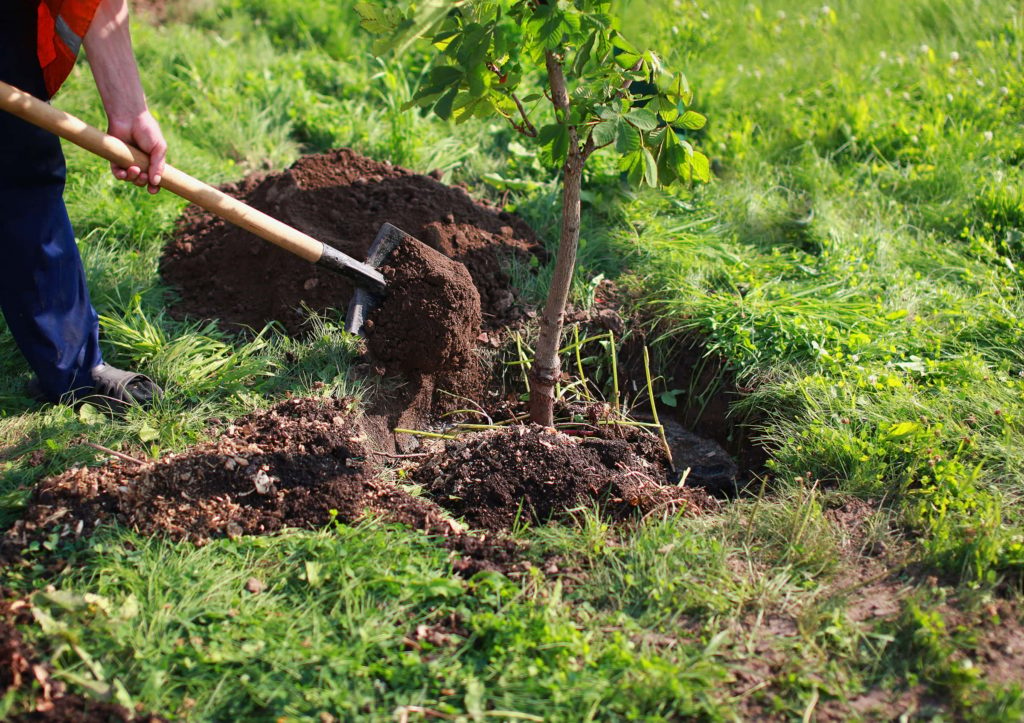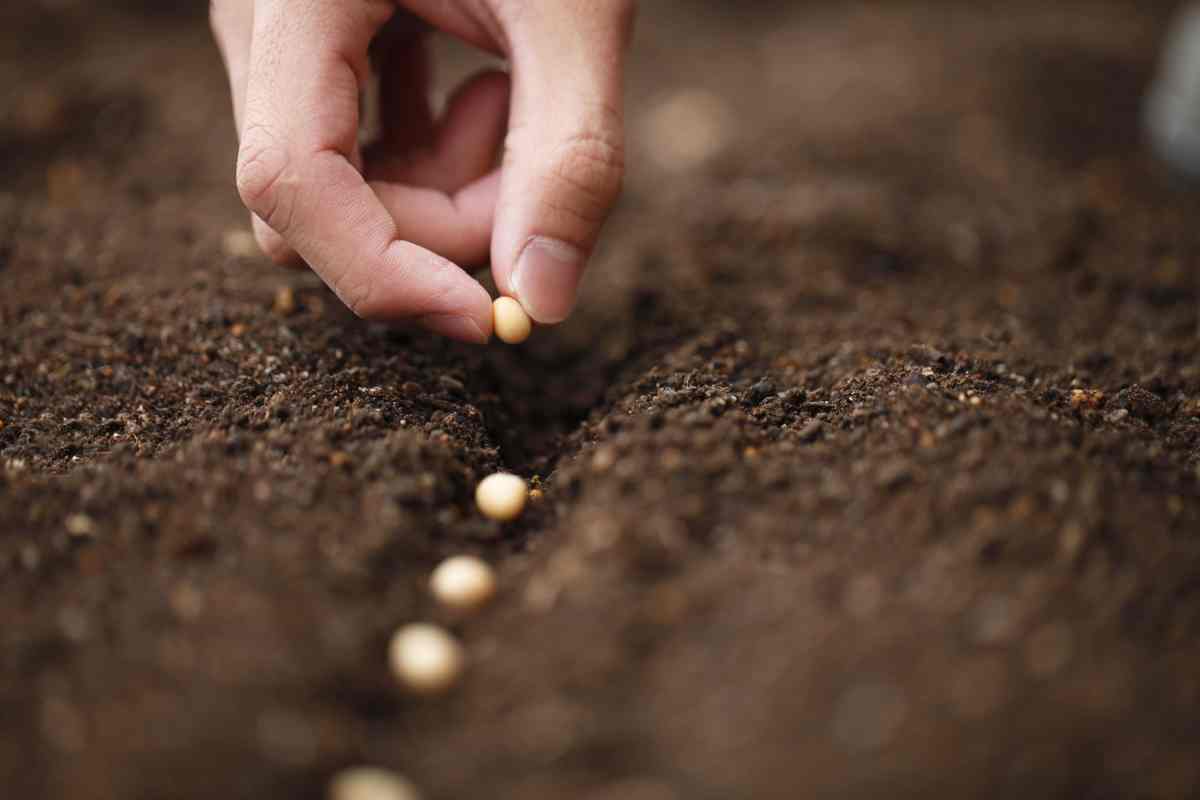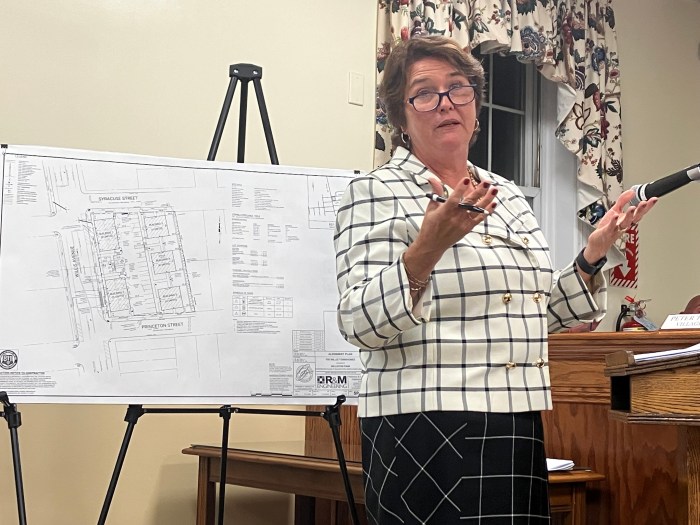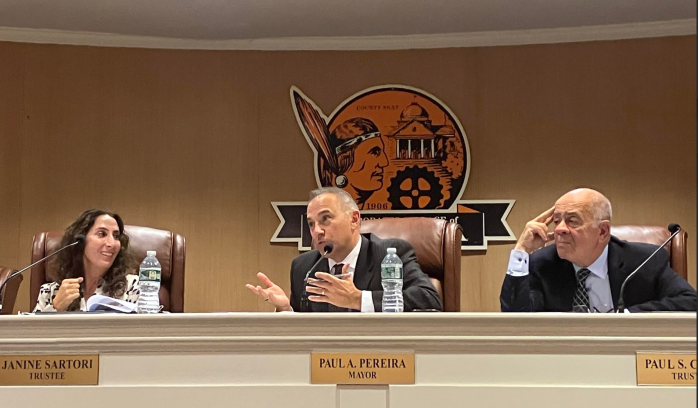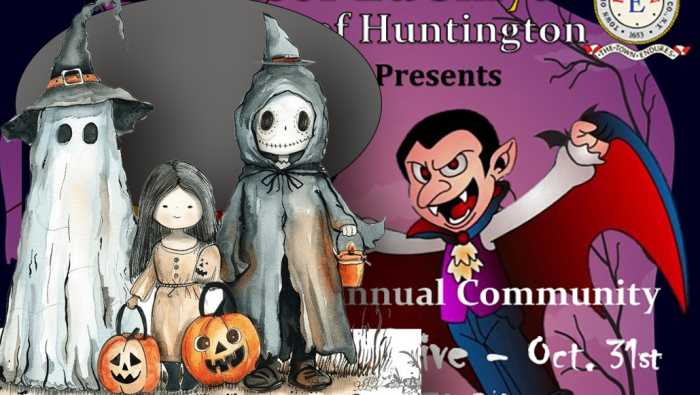As the fall equinox arrives with the changing colors of tree leaves, many gardeners trade their lawn mowers and hedge clippers for rakes and pumpkins, but there is still much landscaping to be done.
Just as the early bird gets the worm, the fall gardener grows more luscious plants and flowers than those that wait til spring to lay the groundwork for their garden. The last summer blooms may have since been placed in vases and the coming first frost — usually late October or early November on Long Island — means it is time to harvest the final veggies. But the weather will still be warm enough to do the outdoor work of preparing for next season — not to mention simply soak up some more backyard time before winter returns.
“The warmer fall months will lend themselves to increased attention on outdoor spaces, as homeowners look to extend the summer outdoor entertaining season and adapt their landscapes for enjoyment throughout the year,” said Missy Henriksen, vice president of public affairs for the National Association of Landscape Professionals.
Flowers, shrubs and trees that highlight the warm colors of the season and reach their peak blooming time in fall and winter, such as chrysanthemums — mums for short — boxwood, and maples, make for classic fall landscapes. But looking beyond the immediate change of seasons, green thumbs who that plant in fall are also following Mother Nature’s lead, similar to how most wildflowers drop their seeds come autumn. This allows the plants to take root well before spring.
“Fall-planted perennials can get acclimated, and their roots grow in the cool weather leading up to winter,” said David Salman, chief horticulturist for HighCountryGardens.com. “Root systems will start to grow again in early spring once the ground thaws — and these plants will be larger and flower more profusely than those planted later in the spring.”
So now is the time to plant it forward.
“Bulbs like tulips and daffodils need to be planted in the fall, before the ground freezes,” Heritage Farm & Garden in Muttontown says on its website. “The long, cold months that we humans dread are the perfect incubation period for these beautiful flowers — the cold temps initiate a biochemical process in the bulbs that is necessary for them to flower.”
It’s similar for trees.
“Planting trees in late summer and early fall allows the roots to get established before harsher weather conditions, like extreme heat, cold, or lack of water, can threaten their growth,” Heritage says. “The roots will be active all winter, so when spring rolls around you’ll get a beautiful tree full of leaves or flowers.”
And best of all, doing all the heaviest lifting involved in gardening is a lot less sweaty job in the crisp fall air than on a hot spring or summer day.
